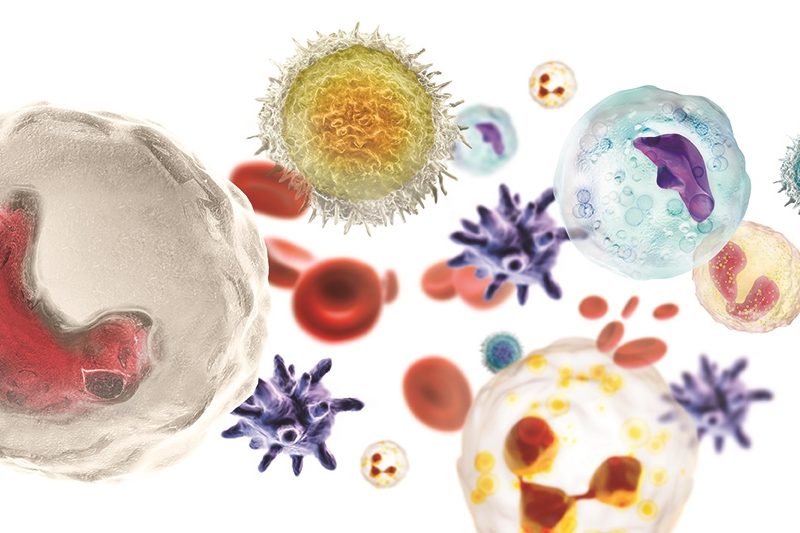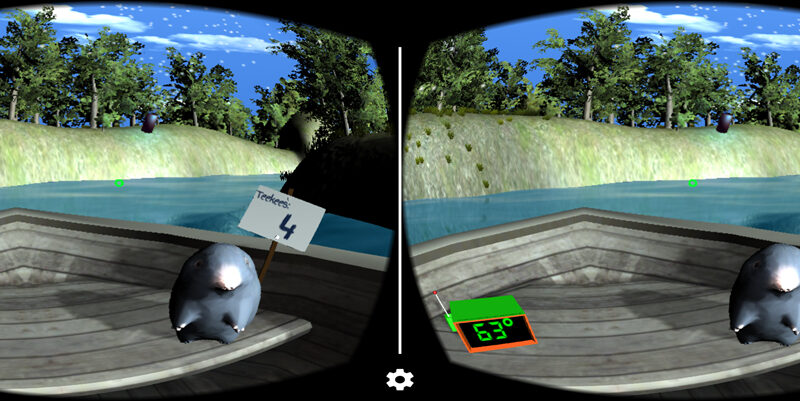Predicting Risk of Nosocomial Infection in Pediatric Burn Patients: Can Measures of Adaptive Immune Function Help?
Predicting Risk of Nosocomial Infection in Pediatric Burn Patients: Can Measures of Adaptive Immune Function Help? https://pediatricsnationwide.org/wp-content/themes/corpus/images/empty/thumbnail.jpg 150 150 Abbie Miller Abbie Miller https://pediatricsnationwide.org/wp-content/uploads/2023/05/051023BT016-Abbie-Crop.jpgPediatric burn injuries affect 1 million children each year in the United States. While burn care improvements have decreased mortality, infection-related complications remain a significant problem. According to the National Burn Repository, four of the top five complications of pediatric burns are infection related. Plus, infection-related complications occur in up to 60% of patients with large burn injury.
“Understanding the immune response following thermal injury is vital as the skin – the primary defense against pathogens – is compromised,” says Rajan Thakkar, MD, Trauma Medical Director and Co-Director of the Burn Center at Nationwide Children’s Hospital.
Burns prompt changes in inflammatory and innate immune responses of children. Plasma cytokines, cellular profiles and reduction in innate immune function after burn injury have been correlated to adverse outcomes including mortality and infections. However, changes in adaptive immune function following burn injury are not well characterized.
In a recent publication in Journal of Burn Care & Research, Dr. Thakkar and colleagues present a prospective, longitudinal immune function surveillance study from a single American Burn Association (ABA)-verified Pediatric Burn Center. Eighty burn patients were enrolled, and 20 developed nosocomial infections. Whole blood samples from pediatric burn patients were collected within 72 hours of the injury and between days 4 and 7 to analyze adaptive immune function.
Those burn patients whom went on to develop a nosocomial infection, had lower adaptive immune function markers as measured by absolute CD4+ lymphocyte counts and whole blood ex vivo phytohemagglutinin-induced interferon gamma and interleukin-10 production capacity as compared to those patients who did not develop an infection.
Further statistical analysis showed these markers of adaptive immune function appear to be predictive of nosocomial infection development. Thus this study demonstrates that these immune function assays can be used in burn patients to determine those patients at highest risk before they actually develop an infection.
“Our findings represent an opportunity to apply immunomodulatory therapy before the onset of infection to improve outcomes in children with burn injuries,” says Dr. Thakkar. “However, additional work is needed to confirm these findings in a larger cohort of burn patients.”
REFERENCE:
Thakkar RK, Penatzer J, Simon S, Steele L, Fabia R, Groner JI, Keesari R, Hall M. Measures of adaptive immune function predict the risk of nosocomial infection in pediatric burn patients. Journal of Burn Care & Research. 18 Apr 2022;irac050.
About the author
Abbie (Roth) Miller, MWC, is a passionate communicator of science. As the manager, medical and science content, at Nationwide Children’s Hospital, she shares stories about innovative research and discovery with audiences ranging from parents to preeminent researchers and leaders. Before coming to Nationwide Children’s, Abbie used her communication skills to engage audiences with a wide variety of science topics. She is a Medical Writer Certified®, credentialed by the American Medical Writers Association.
- Abbie Millerhttps://pediatricsnationwide.org/author/abbie-miller/
- Abbie Millerhttps://pediatricsnationwide.org/author/abbie-miller/
- Abbie Millerhttps://pediatricsnationwide.org/author/abbie-miller/
- Abbie Millerhttps://pediatricsnationwide.org/author/abbie-miller/







